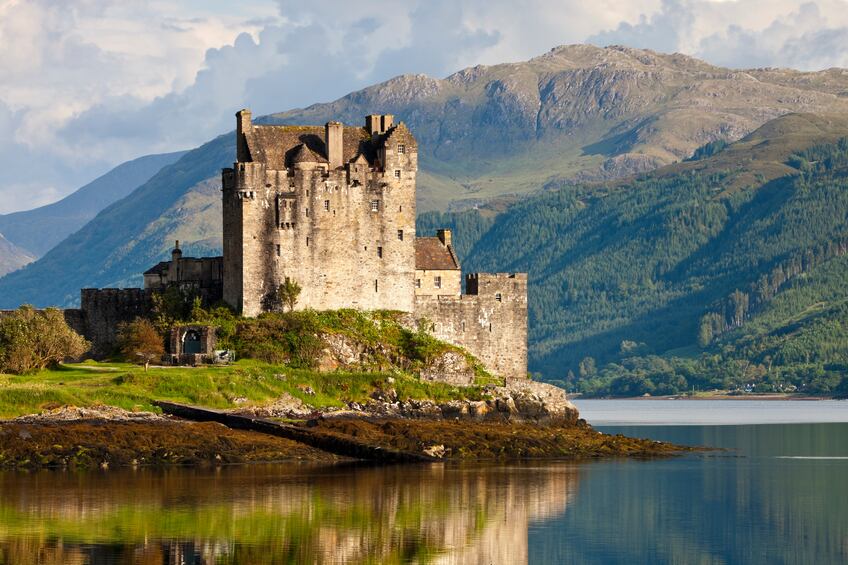Launched today, the initiative identifies key action points to be taken by 2030 that, if successfully implemented, would mean an estimated increase in value of the industry from £1.8 billion (€2bn) in 2016 to £3.bn (€4.02bn), and more than 9,000 new jobs in the sector.
Scotland is the largest producer of Atlantic salmon in the EU and third largest globally, just behind Norway and Chile. But as other competitor countries invest more in aquaculture - and Scottish growth is hampered by issues such as a lack of a skilled workforce, a rural infrastructure and lack of access to funds - it has seen its global market share of salmon production fall from around 10% in 2005 to less than 7%.
The working group includes leading businesses in the sector such as organic salmon supplier Aquascot and fish farmer Wester Ross Salmon, fishing machinery manufacturer Gael Force Group and Ferguson Transport & Shipping.
It also includes the Scottish Salmon Producers Organisation, the Scottish Aquaculture Innovation Centre, Scotland Food & Drink and the Association of Scottish Shellfish Growers.
Currently, around 170,000 tonnes of salmon are produced on Scottish farms each year, making it the country's top food export, and the seventh biggest in the UK. Other important Scottish aquaculture products include other finfish species, mussels, oysters and harvested seaweed.
The group has published a report, entitled ‘Aquaculture Growth to 2030'.
“In 2030, Scotland has the opportunity to be a world-leading player in an industry that is vital for future food security and has one of the lowest carbon footprints of any major form of animal protein production," says the report.
Another area of focus to boost growth will be better marketing of Scottish fish and seafood abroad.

“There is scope in particular to capitalise further on provenance through innovation in, for example, product development, packaging and marketing. The development of Scotland, a Land of Food & Drink brand in international markets is still in its relative infancy but early success has been noted. To that end, the continued collaboration of the aquaculture sector with other sectors of food and drink to raise awareness of Scotland as the source of world-class products will be critical.”
The group would also like to see the launch of a dedicated fund for aquaculture set up through Scottish Enterprise and the Scottish Investment Bank, which it says could improve SME’s access to funding.
The working group has the backing of the government. Cabinet secretary for Economy and Rural Affairs, Fergus Ewing, said he welcomed the report as “a strong signal of business confidence and highlights the significant further potential in the sector”.
“The Scottish Government will now work with the industry to consider their detailed proposals and I have agreed to establish an Industry Leadership Group to help take that forward,” Ewing added.
Wild caught fish has traditionally been seen by consumers as the more natural, healthy and premium choice, worth splashing out on, when compared with farmed fish. But dwindling stocks of wild fish and efforts of the aquaculture industry to improve its sustainability reputation and tackle issues such as sea lice mean that consumer attitudes may be changing.
To read the report in full click here.
